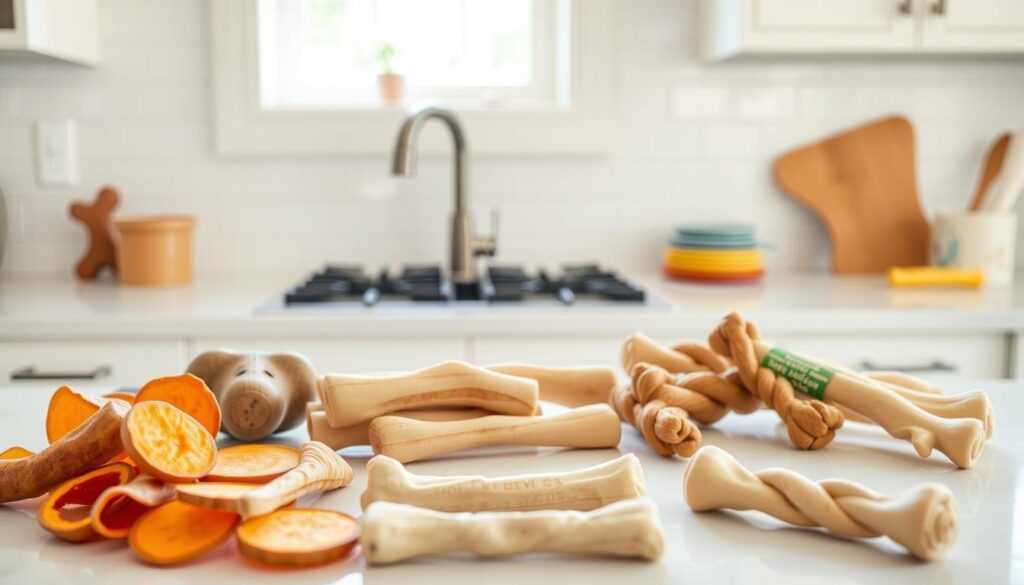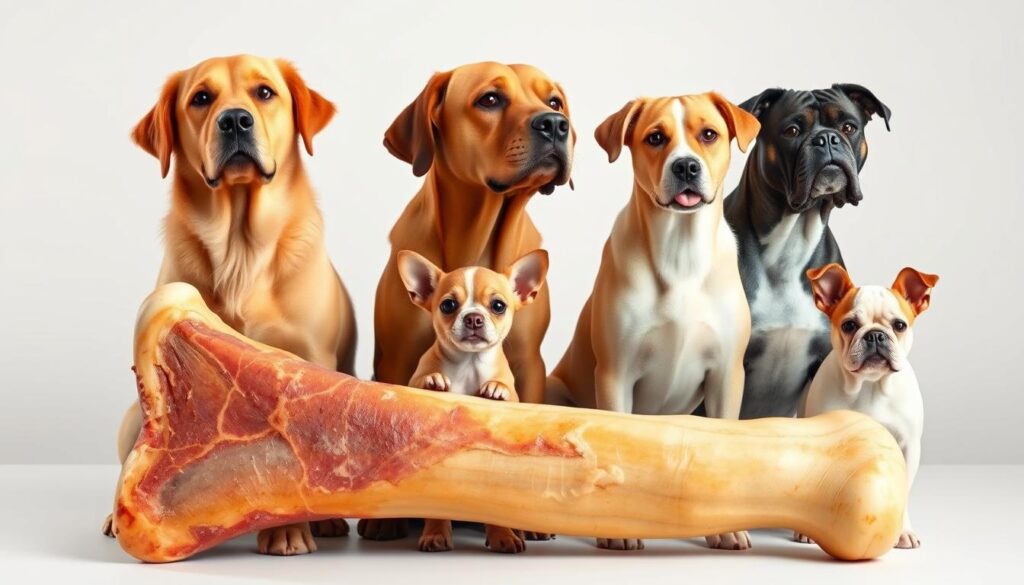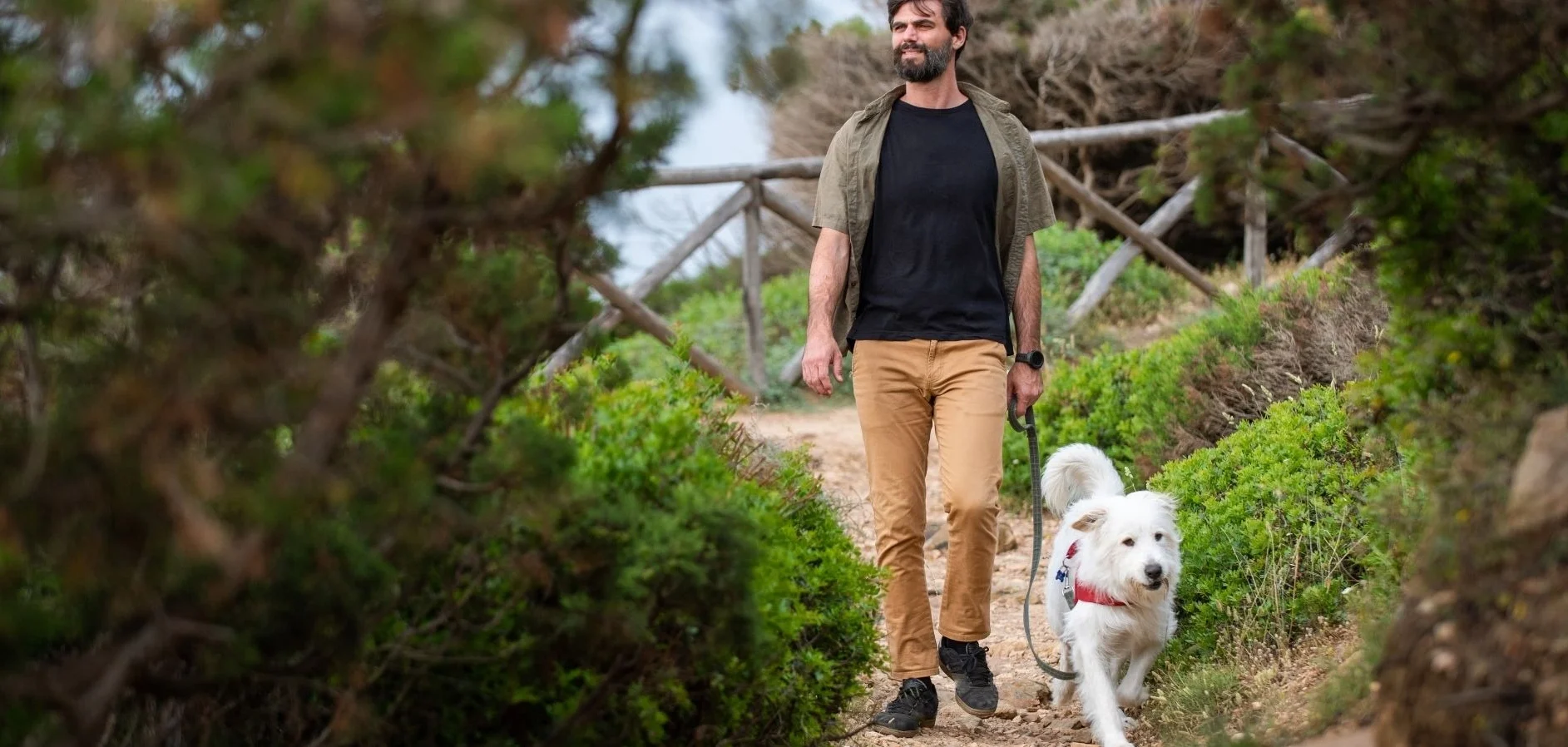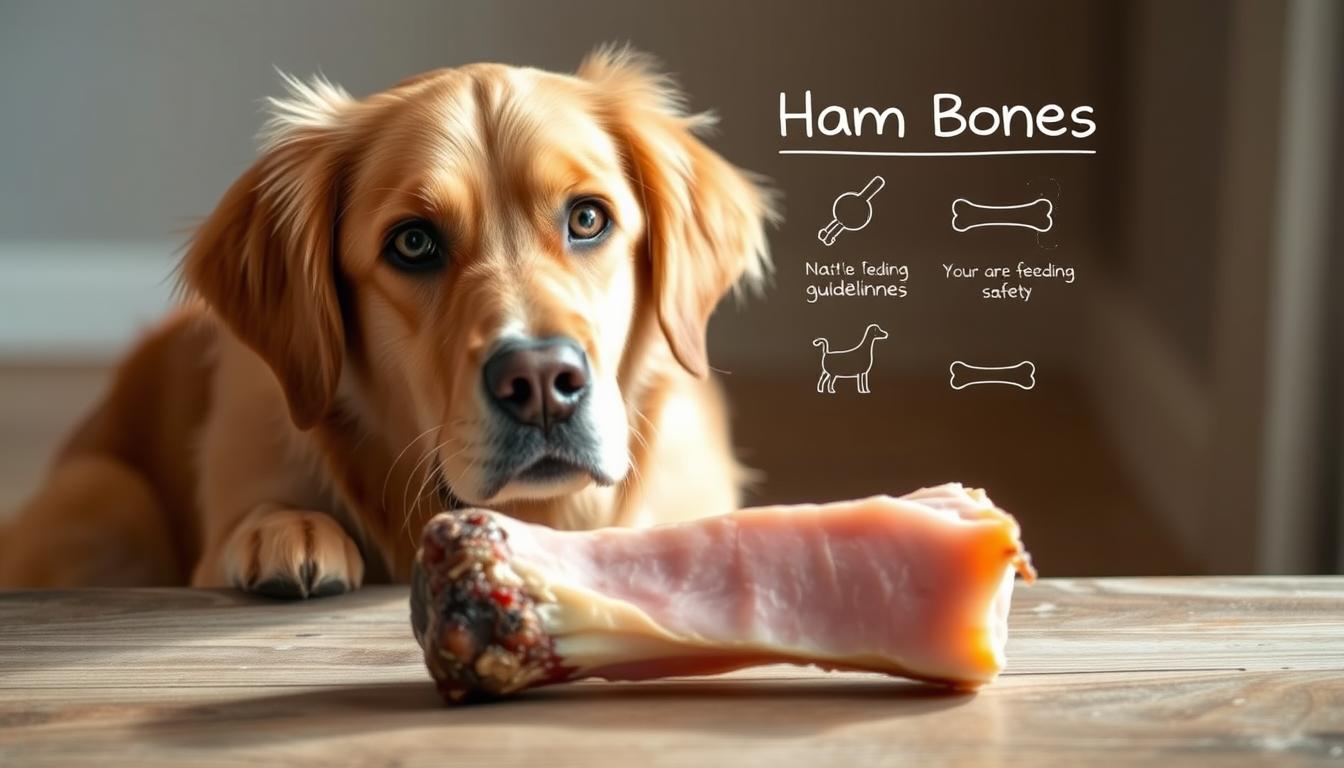Can Dogs Eat Ham Bones? 5 Safe Tips for Your Pup
Table of Contents
Can Dogs Eat Ham Bones?
As a devoted dog owner, I’ve always wondered about the safety of treating my furry friend to different foods. The question of whether dogs can eat ham bones has haunted me during countless family dinners and holiday gatherings. Many pet owners find themselves caught between wanting to share a delicious treat and ensuring their dog’s health and safety.
Understanding whether ham bones are safe for dogs is crucial for responsible pet care. While the temptation to share a tasty bone might be strong, the potential risks can be significant.Dog Nutrition – Dog Care Essentials
? The short answer is typically no. Ham bones can pose serious health hazards that every dog owner should understand before offering them to their canine companion.
This guide will walk you through everything you need to know about can dogs eat ham bones, exploring the potential dangers, nutritional considerations, and safer alternatives that will keep your four-legged friend happy and healthy.
Key Takeaways
- Ham bones can be dangerous for dogs due to potential splintering
- Cooked bones are more hazardous than raw bones
- Choking and internal injury risks are significant
- Veterinary consultation is always recommended before introducing new treats
- Safer alternative treats exist for dogs
- Size and breed of dog impact bone safety
Understanding Ham Bones and Their Risks
Dog owners often wonder if it’s safe to give ham bones to their pets. Raw ham bones can be tricky and every pet parent should know the risks before giving them as treats.
Ham bones might look tasty, but they can harm your dog’s health. The risks of giving dogs ham bones go beyond just what they eat.
What Are Ham Bones?
Ham bones are leftovers from pork processing, left after people eat the meat. They come in two main types:
- Raw ham bones
- Cooked ham bones
Why Are Ham Bones Controversial?
Vets warn against giving ham bones because of the dangers they pose. The bones can break into sharp pieces, posing a risk to your pet.
Common Health Risks for Dogs
The dangers of ham bones include:
- Choking hazards from bone pieces
- Possible blockages in the intestines
- Risk of injuries to the digestive tract
- Possible damage to teeth
“Prevention is always better than cure when it comes to your dog’s health.” – Veterinary Nutrition Experts
Knowing these risks helps you make better choices for your dog’s diet. Always talk to a vet before adding new foods to your pet’s diet.
Nutritional Content of Ham Bones
It’s important for pet owners to know what’s in ham bones for dogs. Not all treats are good, and ham bones have a mix of good and bad stuff.
When thinking about ham bones for dogs, it’s not just about protein. They have nutrients that can help or harm your dog’s health.
Protein and Fat Levels
Ham bones have a lot of protein, which dogs like. But, they also have a lot of fat and sodium. This is something to think about.
- High protein concentration
- Elevated fat percentages
- Potential sodium overload
Vitamins and Minerals
Ham bones have important nutrients:
| Nutrient | Quantity | Canine Benefit |
|---|---|---|
| Protein | 18-22% | Muscle development |
| Fat | 15-20% | Energy source |
| Calcium | Trace amounts | Bone health |
Comparison to Other Treats
Ham bones are different from other dog treats. Their digestibility depends on how they’re cooked.
“Not all treats are safe or nutritionally balanced for dogs.” – Veterinary Nutrition Experts
Even though ham bones might look good, they’re not always the best choice. Always think about what’s best for your dog’s diet and health.
Signs Your Dog Has Eaten a Ham Bone
It’s important to know the signs if your dog eats a ham bone. This can help avoid choking hazards and keep your pet safe. Dogs may show symptoms that mean they could be in danger. You should get vet advice right away.
Physical Symptoms to Watch For
Your dog might show some key signs after eating a ham bone:
- Persistent vomiting
- Sudden diarrhea
- Visible abdominal pain or swelling
- Difficulty defecating
- Blood in stool or vomit
Behavioral Changes
Unusual behaviors can mean your dog is in distress. Watch for:
- Extreme lethargy
- Whimpering or signs of discomfort
- Reduced appetite
- Excessive thirst
- Restlessness or anxiety
When to Seek Veterinary Help
Get vet help right away if you see:
- Continuous vomiting lasting more than 24 hours
- Significant changes in drinking or eating patterns
- Signs of internal bleeding
- Prolonged lethargy
Professional veterinary advice can prevent potential life-threatening complications from ham bone ingestion.
Quick action and vet care are crucial to protect your dog’s health after eating a ham bone.
Safe Alternatives to Ham Bones
Keeping your dog safe and happy can be tough. Ham bone alternatives are great for this. They are safe and keep your dog entertained.

Looking for safe bones for dogs? There are many options that help with dental health and keep your dog’s mind busy.
Recommended Treats for Canine Chewing
- Dental chew sticks for teeth health
- Raw carrots for natural teeth cleaning
- Specially formulated rubber chew toys
- Bully sticks from natural beef muscle
Homemade Treat Suggestions
Making safe treats at home is smart and healthy. Frozen treats from lean meats like chicken or turkey are great alternatives to bones.
| Homemade Treat | Benefits | Preparation Time |
|---|---|---|
| Frozen Chicken Broth Cubes | Hydrating, Low-Calorie | 5 minutes |
| Frozen Sweet Potato Chunks | High in Fiber, Nutritious | 10 minutes |
| Frozen Salmon Treats | Rich in Omega-3, Supports Coat Health | 15 minutes |
Store-Bought Options
Pet stores have many safe chewing options for dogs. Choose products vet-approved and made from good materials.
- KONG classic rubber chew toys
- Nylabone dental chews
- Greenies dental treats
- Natural beef tendons
Always watch your dog while they chew. Pick treats that fit your dog’s size and chewing style.
Cooking and Feeding Guidelines
Feeding ham to dogs needs careful thought and precise steps. While vets often warn against regular ham, knowing how to safely give bones can help. This way, pet owners can make better choices.
When thinking about giving ham bones to dogs, strict safety rules are essential. Raw or not fully cooked ham can be very harmful to dogs.
Preparing Ham for Your Dog
Getting ham ready as an occasional treat is crucial. Here are the key steps:
- Trim all visible fat from the ham
- Cook thoroughly to kill off bacteria
- Avoid using seasonings or salt
- Cut into small, easy-to-eat pieces
Appropriate Portion Sizes
It’s important to control how much ham you give your dog. The right amount depends on your dog’s size, weight, and health.
| Dog Size | Maximum Ham Portion | Feeding Frequency |
|---|---|---|
| Small Breeds (under 20 lbs) | 1-2 small cubes | Once per month |
| Medium Breeds (20-50 lbs) | 2-3 small pieces | Once every 2-3 weeks |
| Large Breeds (over 50 lbs) | 3-4 small pieces | Once every 4-6 weeks |
Feeding Frequency
Ham should be a very rare treat, not a regular part of your dog’s diet. The high salt and fat can cause health problems if eaten too often.
Always talk to your vet before adding new foods to your dog’s diet.
Remember, every dog is different. Watching how your pet reacts and keeping portions small is key when giving bones to dogs.
Understanding Your Dog’s Size and Breed

Not all dogs are the same when it comes to ham bones. Your dog’s size, breed, and health are key to knowing if ham bones are safe. Each dog is different, and their health can change how they react to certain foods.
Dogs come in all shapes and sizes, and each has its own needs. Some breeds might be more at risk from eating ham bones because of their health. This is because different breeds have different ways of digesting food.
Size Matters in Bone Safety
- Large breeds may have stronger jaws and more robust digestive systems
- Small breeds are more vulnerable to choking and internal injuries
- Breed-specific anatomy impacts bone-related risks
Breed-Specific Health Considerations
Some dog breeds face bigger risks from ham bones. Breeds prone to pancreatitis or with sensitive digestive systems should avoid ham bones completely. For example:
- Miniature Schnauzers
- Yorkshire Terriers
- Cocker Spaniels
Is it safe to give ham bones to dogs? It depends on many things. Always talk to your vet about your dog’s health and how ham bones might affect them.
Individual dog health profiles are more important than general breed guidelines when assessing treat safety.
Importance of Supervision During Feeding
Keeping an eye on your dog while they eat is key to avoiding choking hazards from ham bones. Every dog owner must know how important it is to watch closely during treat time. Vets stress the need for constant monitoring to keep your dog safe.
Watching your dog while they eat can make a big difference. Dogs can face risks quickly when eating bones or treats. Your attention is very important.
Why Monitoring Matters
- Prevents accidental choking
- Allows immediate intervention if problems occur
- Helps identify unusual eating behaviors
- Protects against potential digestive issues
Signs of Potential Trouble
| Behavior | Potential Risk | Recommended Action |
|---|---|---|
| Excessive gagging | Possible bone fragment stuck | Check mouth, contact veterinarian |
| Difficulty swallowing | Potential throat obstruction | Seek immediate medical attention |
| Pawing at mouth | Discomfort or blockage | Inspect carefully, remove bone |
Your quick action can stop serious health problems. Always have emergency vet contact info ready. Remember, getting advice from a vet is crucial when dealing with bone risks.
Veterinarians always say that watching your dog closely is the best way to avoid choking hazards from ham bones.
Risks of Cooked vs. Raw Bones
It’s important to know the difference between raw and cooked ham bones for dogs. Both types have risks, but they vary based on how they’re prepared.
Bone Structure Variations
Raw and cooked ham bones are different in structure. Cooking makes bones brittle and more likely to splinter.
- Raw bones stay flexible
- Cooked bones are hard and can break into sharp pieces
- Cooking dries out bones, making them more likely to break
Safety Concerns with Cooking
Cooked ham bones are more dangerous for dogs. The cooking process makes them fragile and poses risks like:
- Internal punctures
- Choking hazards
- Digestive tract injuries
Veterinary experts warn against giving dogs cooked ham bones because they are very fragile.
Raw ham bones aren’t completely safe either. They can still carry bacteria. Dog nutritionists suggest safer chew options that are fun for dogs without health risks.
For ham bones and dogs, the best choice is to avoid both raw and cooked bones. Your pet’s health depends on careful food choices.
Consulting a Veterinarian
Your dog’s health is very important, especially with food choices like ham bones. Getting advice from a vet on ham bones can help avoid health problems. It ensures your dog stays safe.
When it comes to dog food, it’s complex. Is it safe to give ham bones to dogs? The answer isn’t always clear. That’s why talking to a vet is key.
When to Seek Veterinary Consultation
- Before introducing new treats or bones to your dog’s diet
- If your dog has pre-existing health conditions
- After your dog has consumed a ham bone
- When experiencing digestive issues or unusual symptoms
Finding the Right Veterinary Professional
Finding a vet who knows about dog food is important. Look for someone who:
- Specializes in nutritional counseling
- Has experience with dietary recommendations
- Stays up-to-date with nutrition research
| Veterinarian Qualities | Why It Matters |
|---|---|
| Nutritional Expertise | Provides tailored dietary advice |
| Communication Skills | Explains complex nutritional information clearly |
| Preventative Approach | Focuses on long-term health and nutrition |
Remember, a vet can give you advice that online info can’t. They know your dog’s health needs and can give the best advice on ham bones and other food issues.
“Your veterinarian is your best partner in maintaining your dog’s health and nutrition.” – Veterinary Nutrition Experts
Myths About Feeding Dogs Ham Bones
Many dog owners believe false things about giving ham bones to their pets. It’s key to know the truth about can dogs eat ham bones to keep them safe.
There are many myths about dogs and bones. These myths confuse pet owners. Let’s look at some common misconceptions about ham bones:
- Myth: All bones are natural and safe for dogs
Reality: Not all bones are safe. Ham bones can splinter and cause serious internal injuries, making them particularly dangerous for dogs.
- Myth: Cooked bones are harmless if they’re large
Cooked bones become brittle and can break into sharp fragments. This can cause digestive tract damage or choking hazards.
- Myth: Dogs have strong digestive systems that can handle any bone
Each dog is different, and ham bones pose significant risks regardless of breed or size.
Finding Reliable Information
When looking into can dogs eat ham bones, always go to trusted sources:
- Veterinary professional websites
- Peer-reviewed veterinary journals
- American Veterinary Medical Association (AVMA) resources
- Certified animal nutrition experts
Your dog’s health is too important to rely on outdated or unverified information about bone safety.
Veterinarians always warn about the dangers of giving dogs ham bones. They suggest safer treats that are nutritious without risking your pet’s health.
Conclusion: Making Safe Feeding Choices
Finding the right treats for your dog can be tough, especially with options like ham bones. Your dog’s health and safety should always come first. It’s important to know how to choose safe bones for them.
There are many safer treats for dogs that can be just as fun and healthy. Your vet might suggest treats that help with dental health and keep your dog’s mind active. Options like rawhide-free chews, dental sticks, and special dog treats can be safer than ham bones.
When picking treats, think about what’s best for your dog. Look at their size, breed, and any health issues they might have. Talking to a vet can help you find the safest and most fitting treats for your dog.
Being aware of risks and choosing safe treats shows you care about your dog’s health. By making smart choices about their diet, you can help them live a happier, healthier life.
FAQ
Are ham bones safe for dogs to eat?
No, ham bones are not safe for dogs. They can cause choking, intestinal blockage, and tooth damage. Veterinarians advise against giving ham bones to dogs.
What specific dangers do ham bones present to dogs?
Ham bones can splinter and cause internal injuries. They can also break teeth, cause choking, and lead to serious digestive problems. These problems might need emergency vet care.
What are some safe alternatives to ham bones?
Safe alternatives include chew toys and dental treats. Look for rubber chew toys and dog bones made from safe materials. Choose treats that fit your dog’s size and chewing style.
How can I tell if my dog has complications after eating a ham bone?
Watch for vomiting, bloody stool, and abdominal pain. Also, look for lethargy, loss of appetite, constipation, or signs of distress. If you see these signs, call your vet right away.
Are raw ham bones safer than cooked ham bones?
Neither raw nor cooked ham bones are safe. Raw bones can have bacteria like Salmonella. Cooked bones are brittle and can splinter, posing more risks.
Can dogs eat ham in general?
Ham should be given sparingly, if at all. It’s high in salt and fat, which can cause digestive issues and obesity. If you give ham, make sure it’s plain and in small amounts.
How do a dog’s size and breed affect bone safety?
Larger dogs are at risk for internal injuries and digestive problems. Smaller breeds are more likely to choke or have blockages. Consider your dog’s health and breed when choosing treats.
When should I consult a veterinarian about my dog’s diet?
Consult a vet when introducing new treats, if your dog has health issues, or after dietary incidents. Professional advice ensures your dog’s diet meets their health needs.
What are some common myths about feeding bones to dogs?
Myths include “all bones are natural and safe,” “big bones prevent choking,” and “dogs have always eaten bones.” These are dangerous. Always follow current vet research and advice on pet nutrition.
How important is supervision when giving treats to dogs?
Supervision is key. Always watch your dog while they eat treats. Be ready to act fast if they show signs of distress. Never leave your dog alone with bones or chew treats.
There are no reviews yet. Be the first one to write one.


